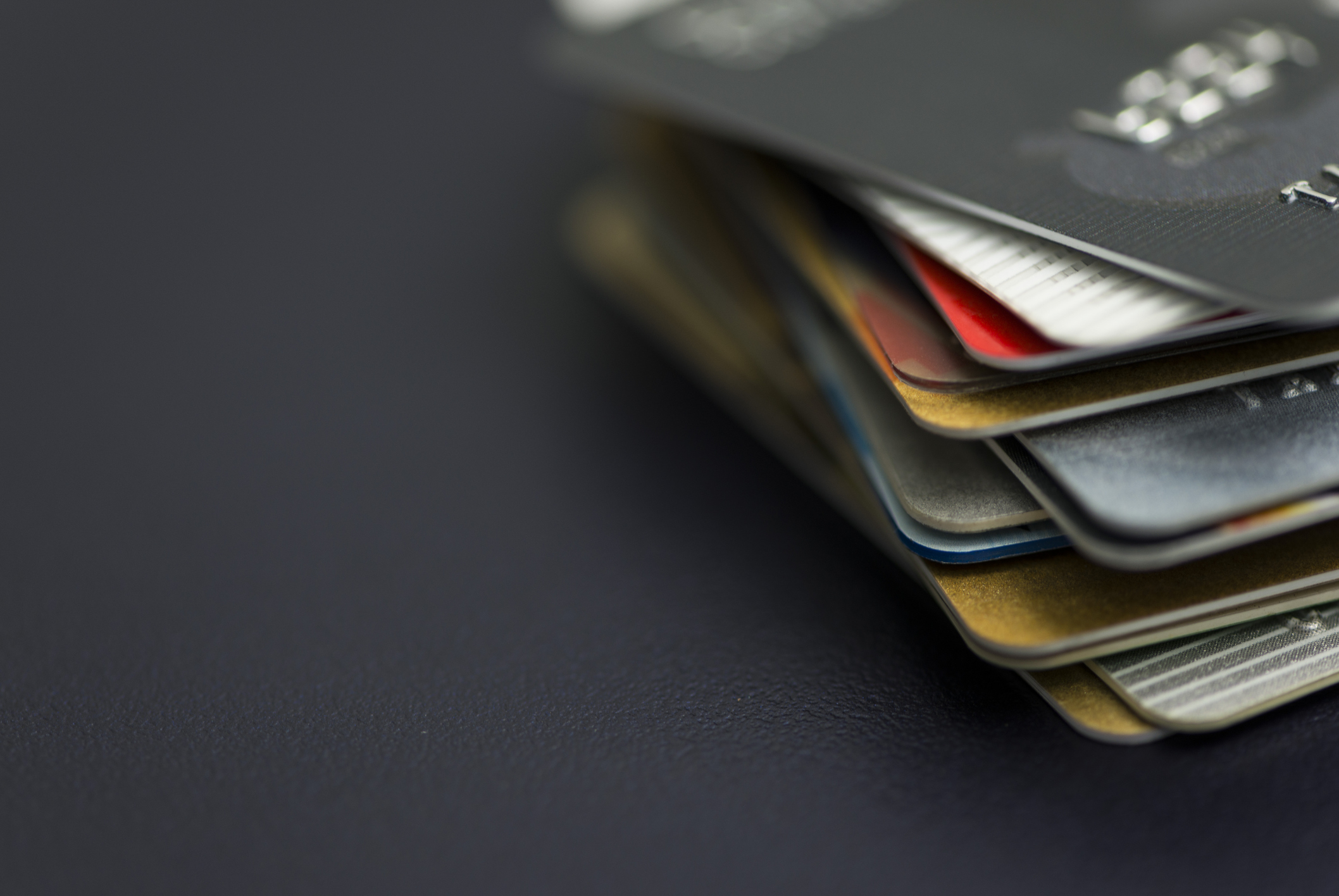Credit card debt can build up fast, and steep interest charges make it hard to catch up. When balances get out of hand, your minimum payments may barely cover the interest, keeping you in a cycle of revolving debt.
The Federal Reserve made this statement in a recent report. “In July, consumer credit increased at a seasonally adjusted annual rate of 3.8 percent. Revolving credit increased at an annual rate of 9.7 percent, while nonrevolving credit increased at an annual rate of 1.8 percent.”
So, if you’re feeling the pinch, you’re not alone. Debt consolidation offers a way to escape that cycle. By combining multiple debts into a single loan product, you may be able to reduce your interest rate, simplify repayment, and create a clearer financial plan.
There are several ways to consolidate credit card debt. Using a debt consolidation loan is just one of the more popular and effective methods.
Key Takeaways
|
What Is Credit Card Consolidation?
Credit card consolidation means combining several credit card balances into a single new loan. The idea is to pay off your credit cards with one new financial product, ideally one with a lower interest rate and better loan terms.
Essentially, debt consolidation works by simplifying your finances with the goal of saving money and potentially minimizing stress by reducing interest charges, combining monthly payments into one, and making it easier and more efficient to pay off your credit card debt.
Your best option will depend primarily on how much you owe, your credit score, and your ability to make payments. Your success will depend mainly on the consolidation product you choose and your ability to manage your new financial picture.
Related Article: Debt Consolidation vs. Bankruptcy: Which Should I Choose?
Best Ways to Consolidate Credit Card Debt
While there are several ways to consolidate credit card debt, the most common and best ways combine simplicity with effectiveness.
1. Debt Consolidation Loan or Personal Loan
A debt consolidation or personal loan is one of the most popular ways to consolidate debt. You’ll receive a lump sum loan to pay off multiple debts and repay it in monthly installments. These loans usually have fixed-rate APRs and pre-determined payback periods.
Some lenders offer to manage the loan funds on your behalf by paying your creditors directly. This is most common when using a personal loan designed specifically for debt consolidation purposes. However, many lenders allow you to perform this function on your own.
Personal loan funds can typically be used for any legal purpose, offering flexibility in the type of debt you can consolidate when using one. For example, you can often use a personal loan to consolidate more than just credit card debt.
The best debt consolidation companies and personal loan providers allow you to pre-qualify for financing with a soft credit check that won’t affect your credit score.
| Benefits | Drawbacks |
|
|
2. Balance Transfer Credit Card
A balance transfer credit card lets you move multiple debts onto one card with a low or 0% intro APR for a limited time. Typical intro offers last between 12 and 24 months.
Using a balance transfer card often means applying for a new card to take advantage of an introductory offer. However, many credit card providers offer occasional balance-transfer offers to existing cardholders.
The trick to consolidation using this method is being able to pay off the entire consolidation balance before the intro offer is over, as your APR will then significantly increase. This option is generally reserved for those with a good or better credit rating, as balance transfer cards for fair credit typically fall short of being worth the effort.
| Benefits | Drawbacks |
|
|
Related Article: How do Balance Transfer Credit Cards Work?
3. Home Equity Loan or HELOC
A home equity loan or a home equity line of credit (HELOC) allows you to borrow against the equity in your home to pay off debt.
The best HELOC providers offer several advantages, such as a prequalification step, which doesn’t impact your credit score or appear as an inquiry on your report. Many of them also now provide fixed-rate terms.
However, you’ll need to have adequate equity in your home compared to the amount you owe on your mortgage to take advantage of this option. Most lenders will allow you to borrow up to between 75% and 90% of your equity, not to be confused with the total value of the house.
| Benefits | Drawbacks |
|
|
Step-by-Step: How to Consolidate Credit Card Debt
While consolidating debt can appear confusing at first glance, the process isn’t much different from other money management tasks. Knowing your starting point and your goal will allow you to make solid decisions along the way. Here’s how to do it, regardless of the method you choose.
- List all your credit card balances, interest rates, and minimum payments.
- Check your credit score to understand your options and your likelihood of approval.
- Compare consolidation methods, such as a personal loan, balance transfer credit card, or HELOC.
- Apply and get approved. Use prequalification tools offered by your chosen lender or marketplace to avoid unnecessary hard inquiries.
- Use the funds to pay off your credit cards. You can often allow your debt consolidation loan provider to do this step for you.
- Stop or severely limit using your old credit cards to avoid reaccumulating debt.
- Make consistent monthly payments toward your new financing.
- Track your progress and adjust your budget as needed.
Will It Affect Your Credit Score?
Consolidating credit card debt can affect your credit score, both positively and negatively.
- Applying for a new loan or credit card causes a hard inquiry, which will slightly lower your score temporarily.
- Opening new credit may reduce the average age of your accounts.
- Paying off your credit card debt can lower your credit utilization ratio, which can help your credit score now and over time.
If you manage the new debt responsibly and avoid new spending, your credit score can recover from any consolidation-related dips and even improve in the long run.
When Credit Card Consolidation Makes Sense
Consolidating credit card debt is a solid financial tool that can save money. However, examining your money situation first is essential when deciding if it’s your best move. Credit card consolidation is a smart strategy if:
- You’re paying a higher interest rate than what’s available from lenders
- You’re dealing with multiple debts and wish to simplify your finances and budget
- You can qualify for a better rate than you’re currently paying on credit cards
- You have enough income to handle the new fixed monthly payment amount
Common Mistakes to Avoid
Credit card debt consolidation can be relatively simple. However, there are some pitfalls to avoid along the way.
- Not paying off all cards with the new funds. Leaving a few scattered balances can minimize the effectiveness of consolidating to simplify and save money.
- Closing old credit cards unnecessarily. If you can avoid using your old credit cards and closing them isn’t necessary for the type of consolidation you choose, keeping them open, at least for now, can help boost your credit utilization ratio.
- Overlooking fees. While usually a necessary part of the process, be mindful of balance transfer fees or loan origination costs.
- Using credit cards again after consolidation. Avoid taking on new debt, especially revolving debt, to maximize the benefits of consolidation.

